Blog
-
Is Cataract Prevention Possible?
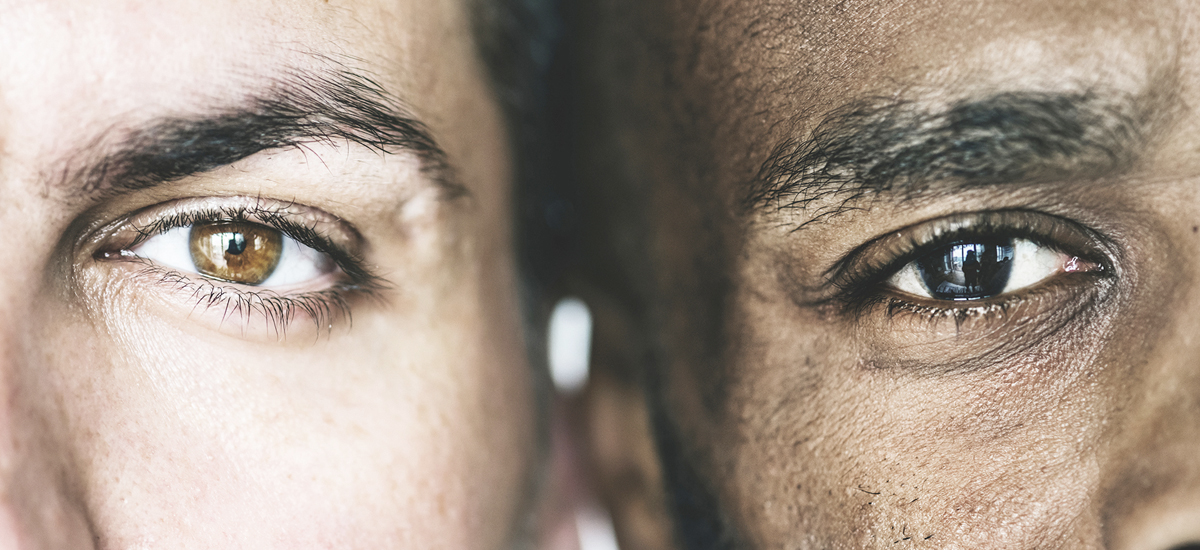 Average eye lenses are transparent. If they ever get foggy or discolored, that’s a sign that you may have cataracts, an eye disease that can impact your eyesight over time.
Over 24.4 million people in the U.S. above 40 have cataracts, with a large portion of the remaining population expected to get them before age 75. There are three
Read more...
Average eye lenses are transparent. If they ever get foggy or discolored, that’s a sign that you may have cataracts, an eye disease that can impact your eyesight over time.
Over 24.4 million people in the U.S. above 40 have cataracts, with a large portion of the remaining population expected to get them before age 75. There are three
Read more...
-
What Causes Astigmatism to Worsen?
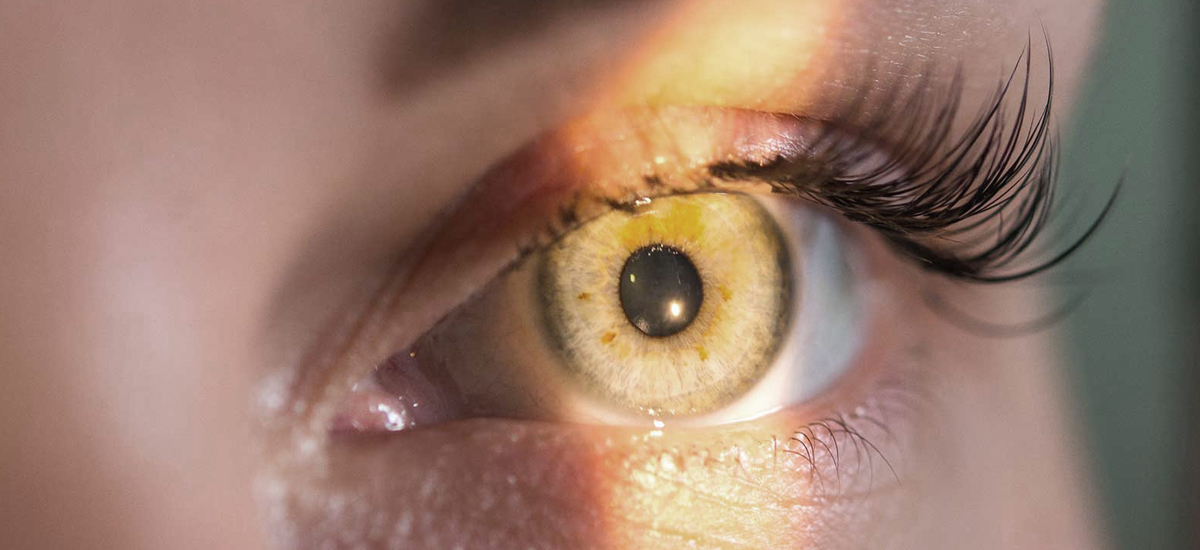
For the most part, astigmatism stays the same or changes gradually from one eye appointment to the next. But like other eye issues, your vision can change with time--and sometimes for no obvious reason.
What causes astigmatism to worsen? It depends on you and your eyes. Your astigmatism symptoms may be more severe if you have other refractive issues or if you have keratoconus. The length of time you’ve had astigmatism also plays a role in your condition’s progression.
The most effective way to find out why your astigmatism is changing (or appears to be changing) is to schedule a comprehensive eye exam with an Independent Doctor of Optometry. We recommend them every year for adults and children over age 6 to mitigate any vision issues or other eye health problems.
Have questions about astigmatism? Contact your nearest optical store today to speak with an optometrist.
Read more... -
Nearsighted vs. Farsighted: What Is the Difference?
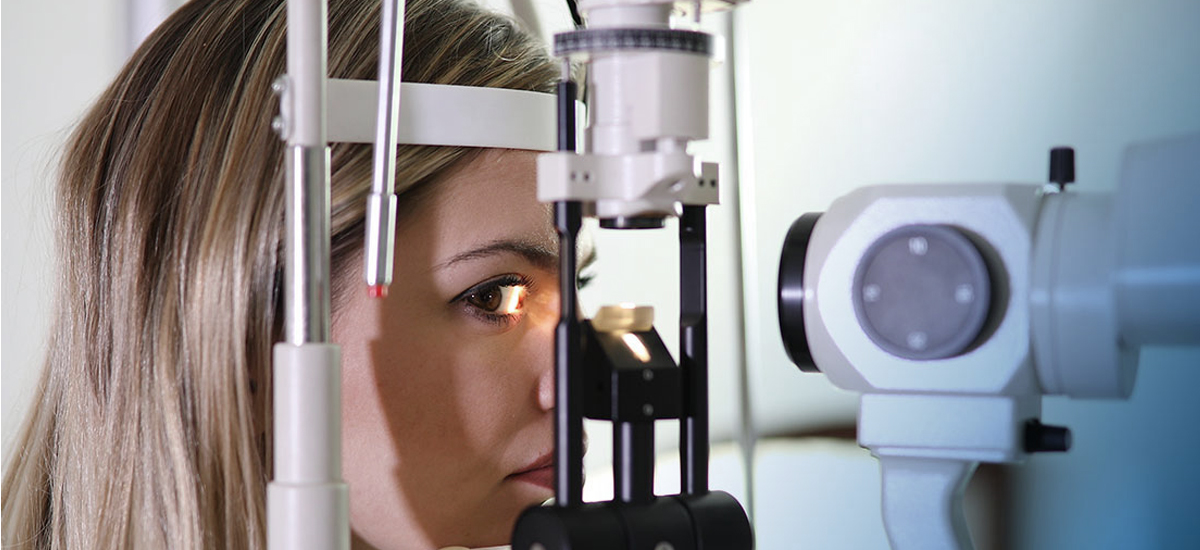 Do you ever encounter issues seeing at certain distances? The chances are that you have hyperopia (farsightedness) or myopia (nearsightedness). These conditions are refractive errors defined by your eyes’ incapability of transferring light to the retina, making your vision fuzzy nearby or far away.
So what does it mean to be nearsighted vs.
Read more...
Do you ever encounter issues seeing at certain distances? The chances are that you have hyperopia (farsightedness) or myopia (nearsightedness). These conditions are refractive errors defined by your eyes’ incapability of transferring light to the retina, making your vision fuzzy nearby or far away.
So what does it mean to be nearsighted vs.
Read more...
-
Will My Child Outgrow Farsightedness?
 Knowing that myopia affects so many children every year, you might be wondering about the other refractive errors, such as hyperopia (also called farsightedness). What is farsightedness? It’s a vision issue defined by the following characteristics:
It provides the best vision of things that are far away but can make it
Read more...
Knowing that myopia affects so many children every year, you might be wondering about the other refractive errors, such as hyperopia (also called farsightedness). What is farsightedness? It’s a vision issue defined by the following characteristics:
It provides the best vision of things that are far away but can make it
Read more...
-
Why Do My Eyes Go Cross-Eyed Sometimes?
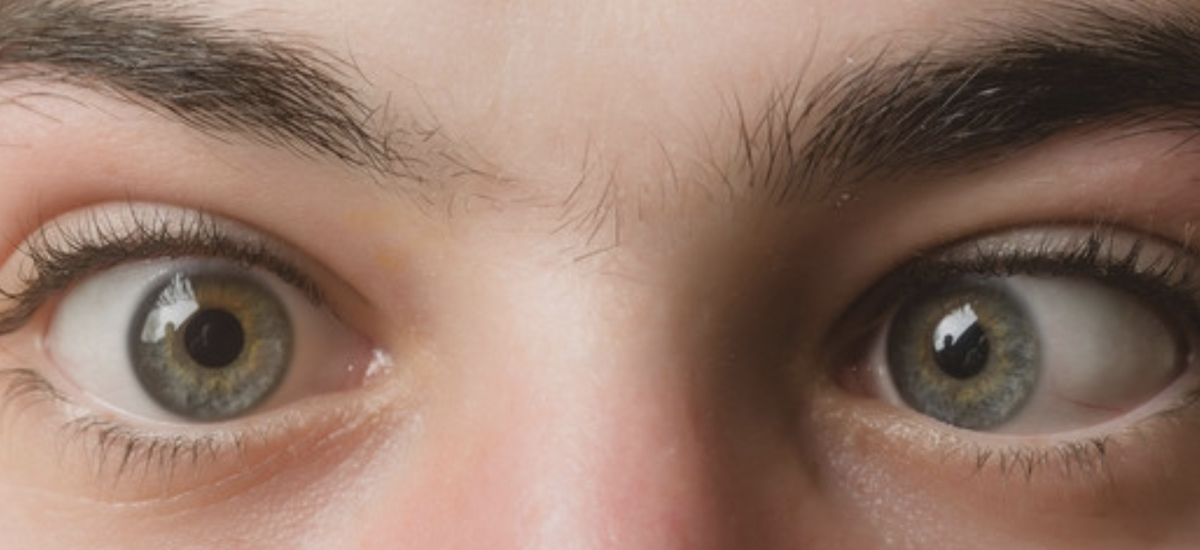 Your brain tells your eye muscles when to move, and usually, they look to a single viewing point. But for some people, the eyes focus on a different object in the same moment.
This condition is called crossed eyes (also known as strabismus). It’s often associated with lazy eye (or amblyopia) and tends to emerge in children by age 3. Adults and
Read more...
Your brain tells your eye muscles when to move, and usually, they look to a single viewing point. But for some people, the eyes focus on a different object in the same moment.
This condition is called crossed eyes (also known as strabismus). It’s often associated with lazy eye (or amblyopia) and tends to emerge in children by age 3. Adults and
Read more...
-
Is There a Treatment for Presbyopia?
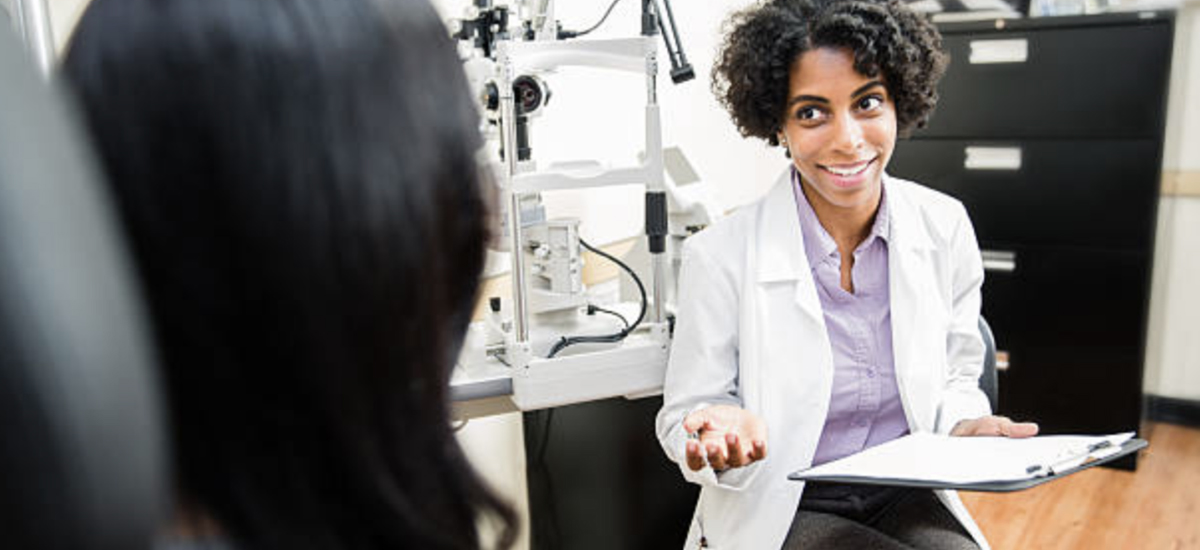
If you experience any presbyopia symptoms, such as near vision difficulties, we recommend contacting a nearby eye doctor right away for an appointment. In general, our optometrists recommend contacts, multifocal glasses, or reading glasses to get your vision back on track.
However, it’s important to know that the right presbyopia treatment lens varies based on your unique prescription. Your eye specialist may recommend another option if they feel a specific type of lens may suit your eyes better or if your presbyopia is accompanied by any other refractive errors or eye issues.
No matter how long you’ve had presbyopia, our team can help.
Call today to get in for a comprehensive eye appointment with our leading optical team. We look forward to meeting you and helping you see better.
Read more... -
Hyperopia vs. Presbyopia: What Is the Difference?

At some period in your life, you may get a refractive error. You might even end up having hyperopia and presbyopia at the same time. The symptoms of these two eye issues are similar, often involving problems with near vision.
So, what is the difference between hyperopia vs. presbyopia? Presbyopia firms your eye lenses as you age, and it often impacts middle-aged adults. Hyperopia affects adults and children, and your eye’s inability to process light (or having an irregular corneal curve) causes it.
Read more... -
Does Watching TV Cause Myopia?
 Over the years, myopia (or nearsightedness) has grown in numbers. It impacts approximately 30 percent of Americans, causing visuals that are out of the way to appear blurry while close-up objects are clear.
What causes someone to become nearsighted? Myopia happens when your eye exceeds an average length or when your cornea bends more than it
Read more...
Over the years, myopia (or nearsightedness) has grown in numbers. It impacts approximately 30 percent of Americans, causing visuals that are out of the way to appear blurry while close-up objects are clear.
What causes someone to become nearsighted? Myopia happens when your eye exceeds an average length or when your cornea bends more than it
Read more...
-
Is Switching From Glasses to Contacts Safe?
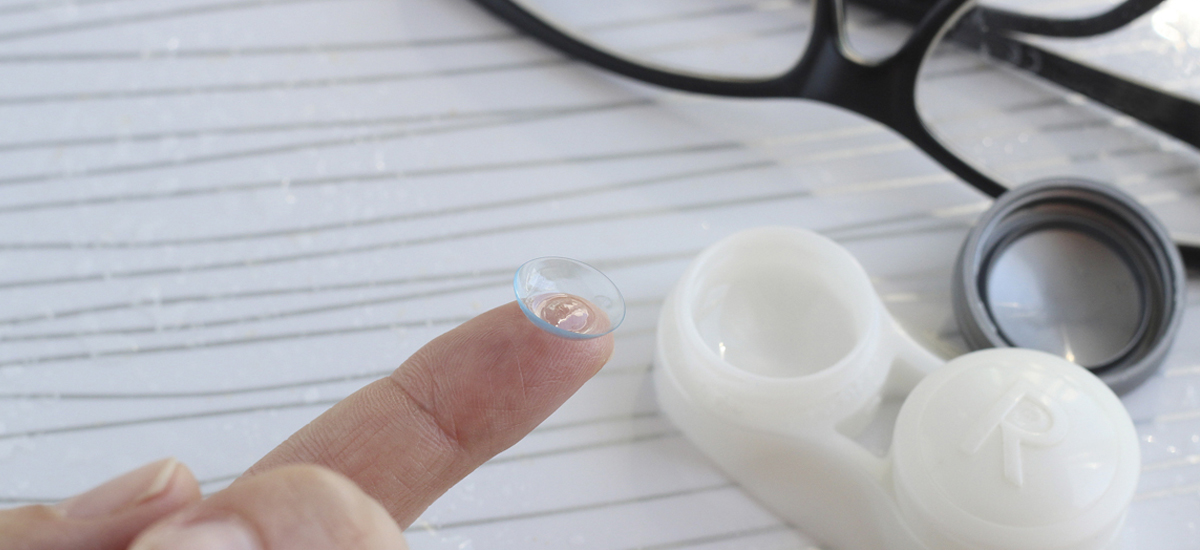
When having trouble deciding between glasses vs. contacts, many people end up getting both. Prescription eyewear comes in many forms, and having two to choose from opens up your options for protecting your eyes.
If you’re interested in switching from glasses to contacts, remember that it’s safe for most people. Whenever you transition between two types of eyewear, you may experience distorted vision or other eye issues. However, these symptoms are often temporary.
Read more... -
Who Cannot Wear Contact Lenses?
 Did you know that approximately 1 in 4 people ages 18 to 24 use contact lenses? That statistic is not surprising, understanding the benefits of contacts. And 45 million U.S. citizens wear contacts as their primary form of vision correction.
With so many people choosing contacts instead of glasses, it begs the question: is there anyone who
Read more...
Did you know that approximately 1 in 4 people ages 18 to 24 use contact lenses? That statistic is not surprising, understanding the benefits of contacts. And 45 million U.S. citizens wear contacts as their primary form of vision correction.
With so many people choosing contacts instead of glasses, it begs the question: is there anyone who
Read more...







